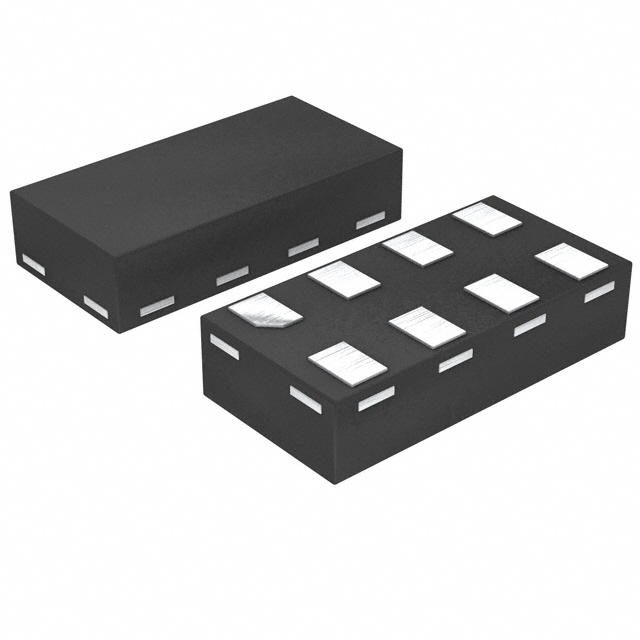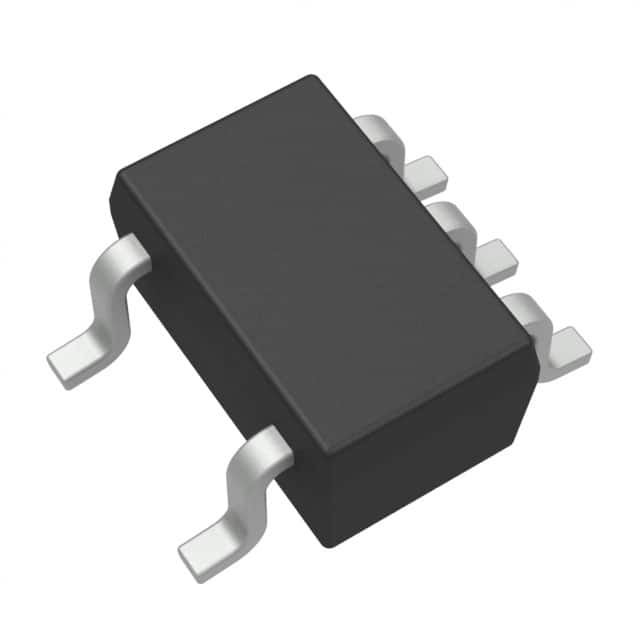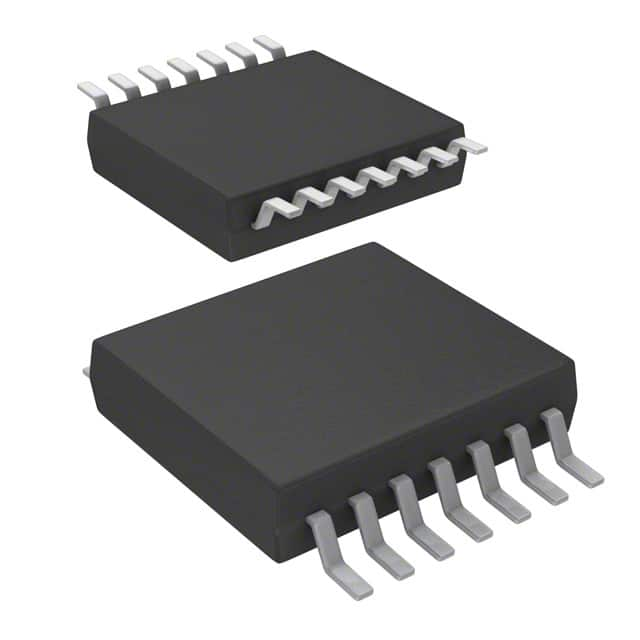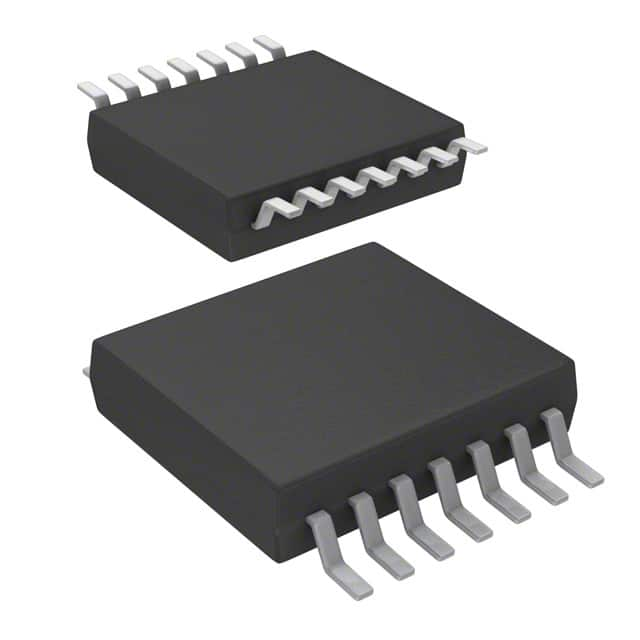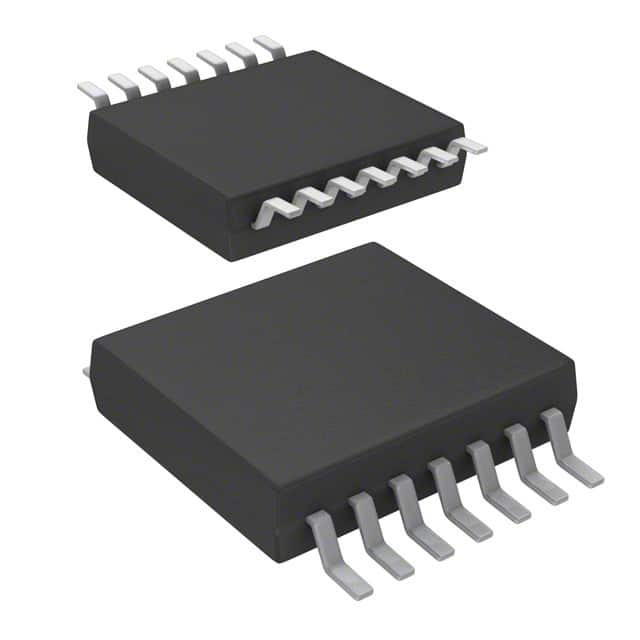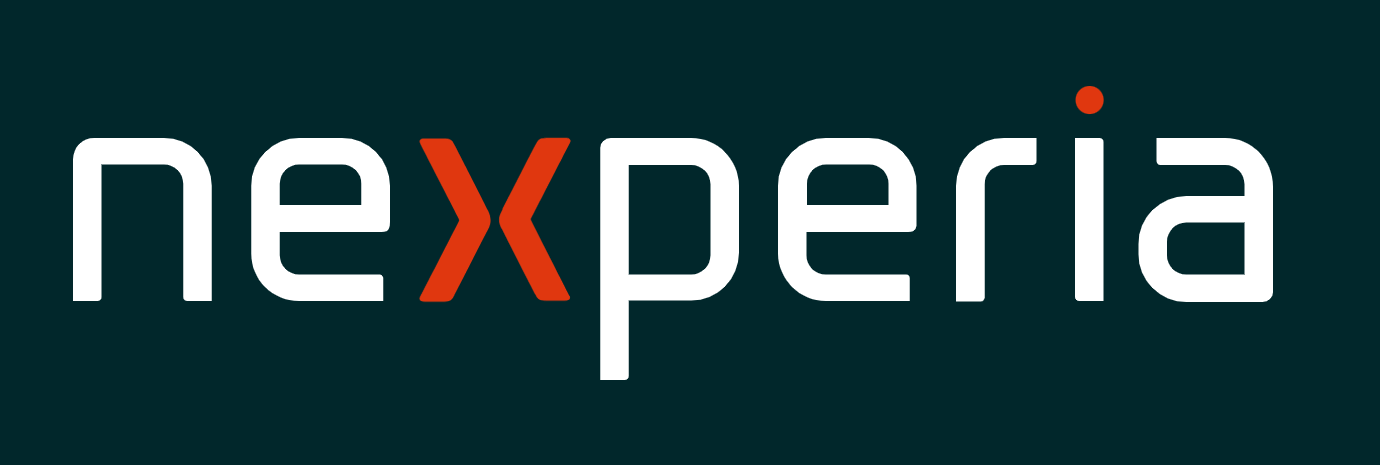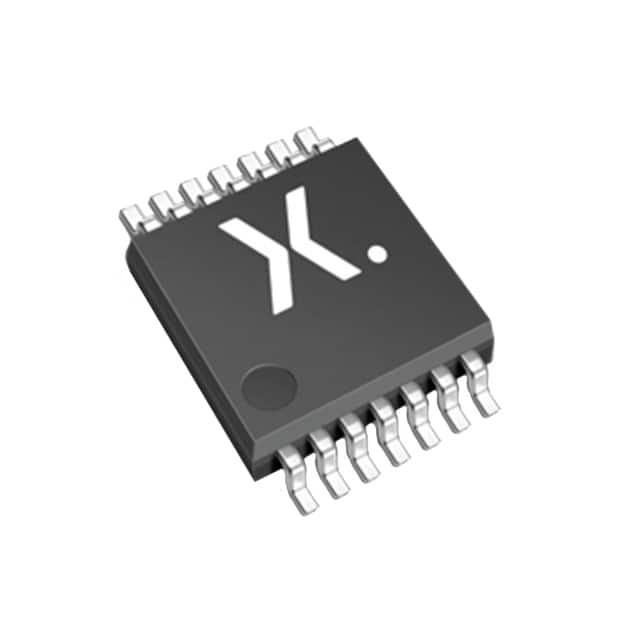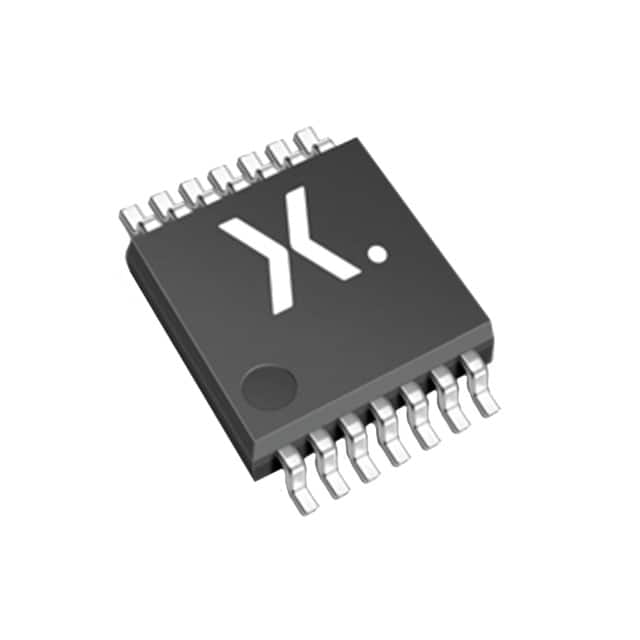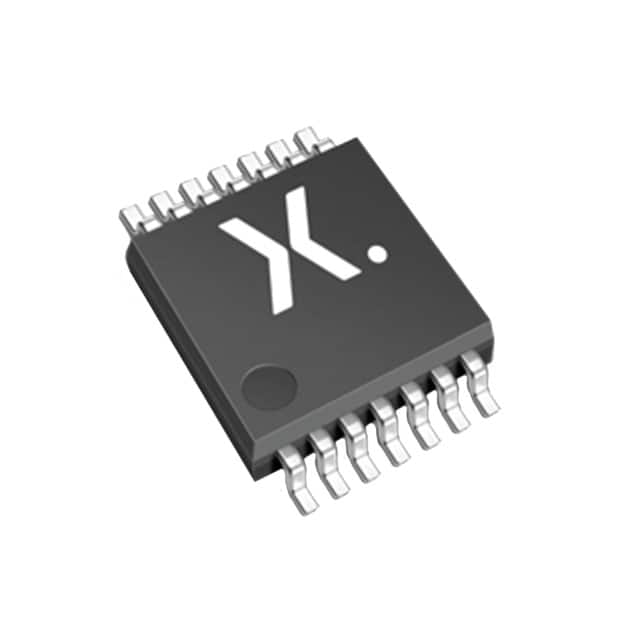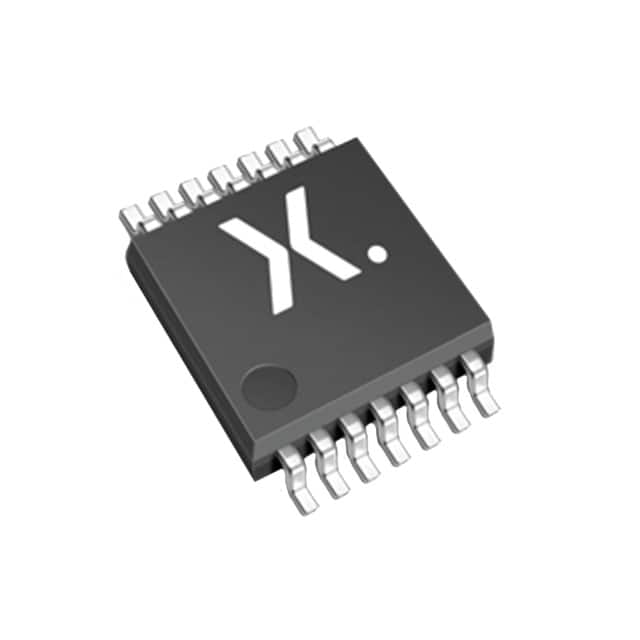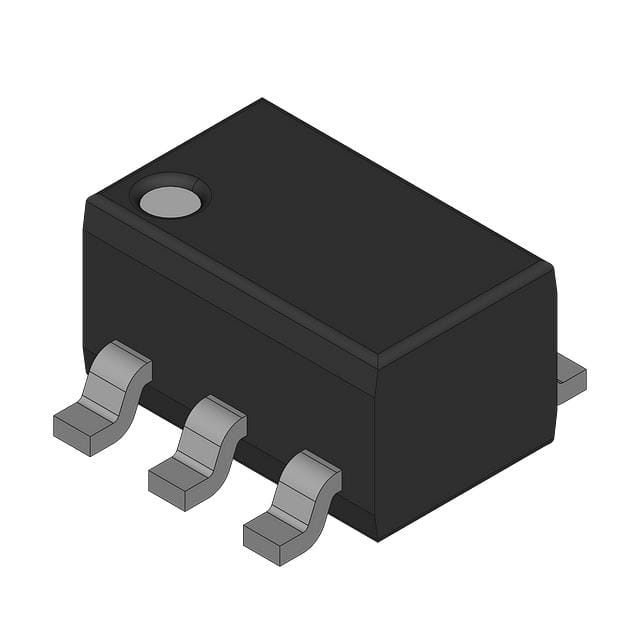74AUP1G132GW-Q100H Product Introduction:
Nexperia USA Inc. Part Number 74AUP1G132GW-Q100H(Logic - Gates and Inverters), developed and manufactured by Nexperia USA Inc., distributed globally by Jinftry. We distribute various electronic components from world-renowned brands and provide one-stop services, making us a trusted global electronic component distributor.
74AUP1G132GW-Q100H is one of the part numbers distributed by Jinftry, and you can learn about its specifications/configurations, package/case, Datasheet, and other information here. Electronic components are affected by supply and demand, and prices fluctuate frequently. If you have a demand, please do not hesitate to send us an RFQ or email us immediately sales@jinftry.com Please inquire about the real-time unit price, Data Code, Lead time, payment terms, and any other information you would like to know. We will do our best to provide you with a quotation and reply as soon as possible.
Introducing the 74AUP1G132GW-Q100H, the latest innovation from Nexperia USA Inc. This high-performance single gate logic device is designed to meet the demanding requirements of today's electronic applications. With its advanced features and versatile application fields, the 74AUP1G132GW-Q100H is set to revolutionize the industry.
One of the key features of this product is its ultra-low power consumption, making it ideal for battery-powered devices. With a wide operating voltage range of 0.8V to 3.6V, it offers flexibility and compatibility with various power sources. Additionally, the 74AUP1G132GW-Q100H boasts a high-speed operation, ensuring quick and efficient data processing.
This logic device is also equipped with a Schmitt-trigger input, providing hysteresis and improving noise immunity. This feature makes it suitable for applications in noisy environments, ensuring reliable and accurate signal processing.
The 74AUP1G132GW-Q100H finds its application in a wide range of fields, including consumer electronics, automotive, industrial automation, and telecommunications. It can be used in various circuits such as signal conditioning, level shifting, and data buffering. Its compact size and compatibility with standard surface mount technology make it easy to integrate into any design.
In conclusion, the 74AUP1G132GW-Q100H from Nexperia USA Inc. is a cutting-edge logic device that offers exceptional performance, low power consumption, and versatile application fields. With its advanced features and compact design, it is set to become the go-to choice for engineers and designers in various industries.
Gates are an important part of the transistor in the integrated circuit, especially in the field effect transistor (FET) plays a role in controlling the current interruption. By interacting with the insulation layer between the channel, it uses the electric field effect to regulate the carrier concentration in the channel, and then controls the current flow between the source and the drain electrode. The inverter is a logic electronic device that is mainly used to reverse the logic state of the input signal, that is, from a high level to a low level, or from a low level to a high level. In digital logic circuits, the inverter is often implemented as a NOT gate, which is carefully designed by multiple transistors (such as PMOS and NMOS pairs in CMOS technology), and realizes the logical reversal of the signal by controlling the switching state of the transistor. Together, they form the basis of logic circuits and demonstrate the high flexibility of integrated circuits in signal processing and control.
Application
Gates, as key components of transistors, are widely used in various integrated circuits, especially in core components such as microprocessors, memory, sensors, etc. They are the foundation for implementing complex logic functions and high-performance computing. Inverters play an important role in digital circuit design, communication systems, power management, and other fields. Through their logic inversion function, they support signal shaping, amplification, isolation, and timing control requirements. In various fields such as consumer electronics, automotive electronics, industrial automation, and data centers, gates and inverters are indispensable electronic components that help devices achieve efficient and accurate signal processing and control, promoting technological progress and industrial upgrading.
FAQ about Logic - Gates and Inverters
-
1. What is an inverter IC?
An inverter IC is a core component used to control and manage the various electronic components inside the inverter. The inverter IC is responsible for receiving input signals, processing data, generating control signals, and driving other components of the inverter.
The main functions of the inverter IC include:
Signal processing: Receive signals from sensors and process them to determine the operating status and requirements of the inverter.
Control strategy implementation: Based on the processing results, implement corresponding control strategies, such as PWM (pulse width modulation) control, to adjust the output voltage and frequency.
Protection function: Implement overcurrent, overvoltage, undervoltage and other protection functions to ensure the safe operation of the inverter.
Application scenarios of different types of inverter ICs include:
Motor drive inverter: Such as BridgeSwitch™-2 IC, used for BLDC motors, improve power output and efficiency, and introduce predictive maintenance functions.
Automotive traction inverter: Use ICs produced by ABLIC, suitable for converting DC power from batteries to AC power to drive traction motors.
Energy storage inverter: The core components are power semiconductors (such as IGBTs and MOSFETs), which are responsible for converting DC power into AC power and supporting efficient energy conversion.
-
2. Which logic gate can be used as a controlled inverter?
IGBT can be used as a controlled inverter. IGBT (insulated gate bipolar transistor) is a commonly used power electronic device with high input impedance and low on-state voltage drop, which is very suitable for the production of inverters.
The application of IGBT in inverters is mainly reflected in its ability to control the switching state of power electronic equipment. By controlling the on and off of IGBT, the conversion and control of electric energy can be achieved. The switching speed of IGBT is fast, which can meet the requirements of the inverter for response speed. At the same time, its high voltage and high current resistance characteristics make it perform well in high voltage and high current occasions.
-
3. Why is it called an inverter?
The name inverter comes from its working principle of converting direct current into alternating current, that is, "reversing" the operation of the rectifier. The inverter was originally called an "inverter" because it converts direct current into alternating current, which is the opposite of the working principle of the rectifier.
The definition and basic function of the inverter is to convert direct current power into alternating current. It is a device that converts the power of a DC power source such as a battery or storage battery into alternating current power for use by various devices that require AC power.
The history of the inverter also reflects the origin of its name. Early inverters were devices that converted AC to DC, while modern inverters reversed the process and converted DC to AC. With the development of technology, inverters have changed from mechanical devices to devices with solid-state circuits, becoming an important part of the field of power electronics.
 Lead free / RoHS Compliant
Lead free / RoHS Compliant












